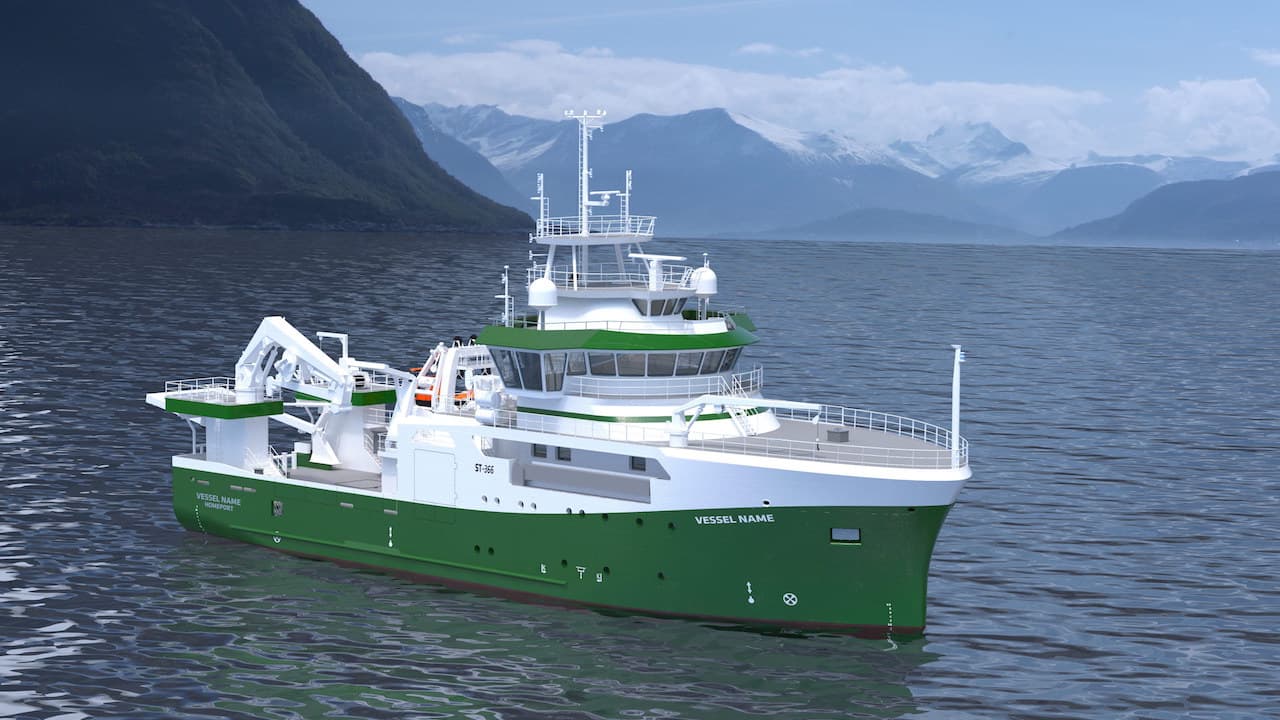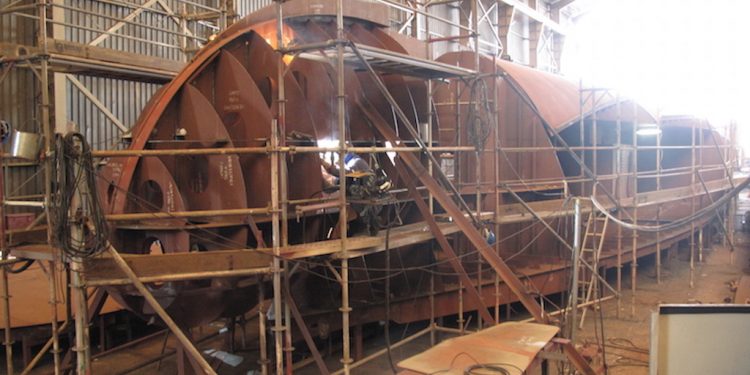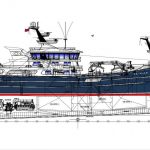The troubled Barreras shipyard in Vigo is set to become part of Spanish shipbuilding group Astilleros Armón following a legal ruling in favour of the acquisition.
‘Barreras is our neighbour in Vigo,’ said Armón’s Ricardo García, commenting that the proximity to the Armón Vigo yard provides significant opportunities to accelerate shipbuilding and to achieve even more rapid delivery times.
‘It’s right next to where we already are, so this doesn’t present the same challenges as when we acquired the Santodomingo yard in Vigo in 1999 or Gijon in 2013.’

He commented that Barreras had gone bankrupt some time ago and there is no current activity at the yard – but this will change soon.
‘We have a month to complete the €14.50 million payment, and we expect to have the yard up and running within six months. We aim to start progressively, building this up over two to three years, and this gives us the opportunity to build ferries and other larger vessels as well as for the fishing industry,’ he said.
Astilleros Armón is active across a number of maritime sectors, building offshore, commercial and other tonnage as well as fishing vessels for operators around the world.
Those on order include a fresher trawler for Thorfish, a scalloper for Wanchese, and the yard’s series of newbuilds for Argentina continues.
‘Armón Vigo has also been very busy with oceanographic research vessels and has established a strong reputation in this sector. Right now we are carrying out sea trials with new Irish research vessel Tom Crean, designed by Skipsteknisk,’ Ricardo Garcia said.
‘We have an oceanographic research vessel for the New Zealand government, also a Skipsteknisk design, on order, a research vessel for Iceland, designed by Skipasýn, and a polar research vessel for the Spanish government. This is our own design, with development input from Cintranaval. All of these will be built at the yard in Vigo,’ he said.
‘So the acquisition of the Barreras yard gives us greater capacity to build these sophisticated vessels for the fishing and other sectors.’









